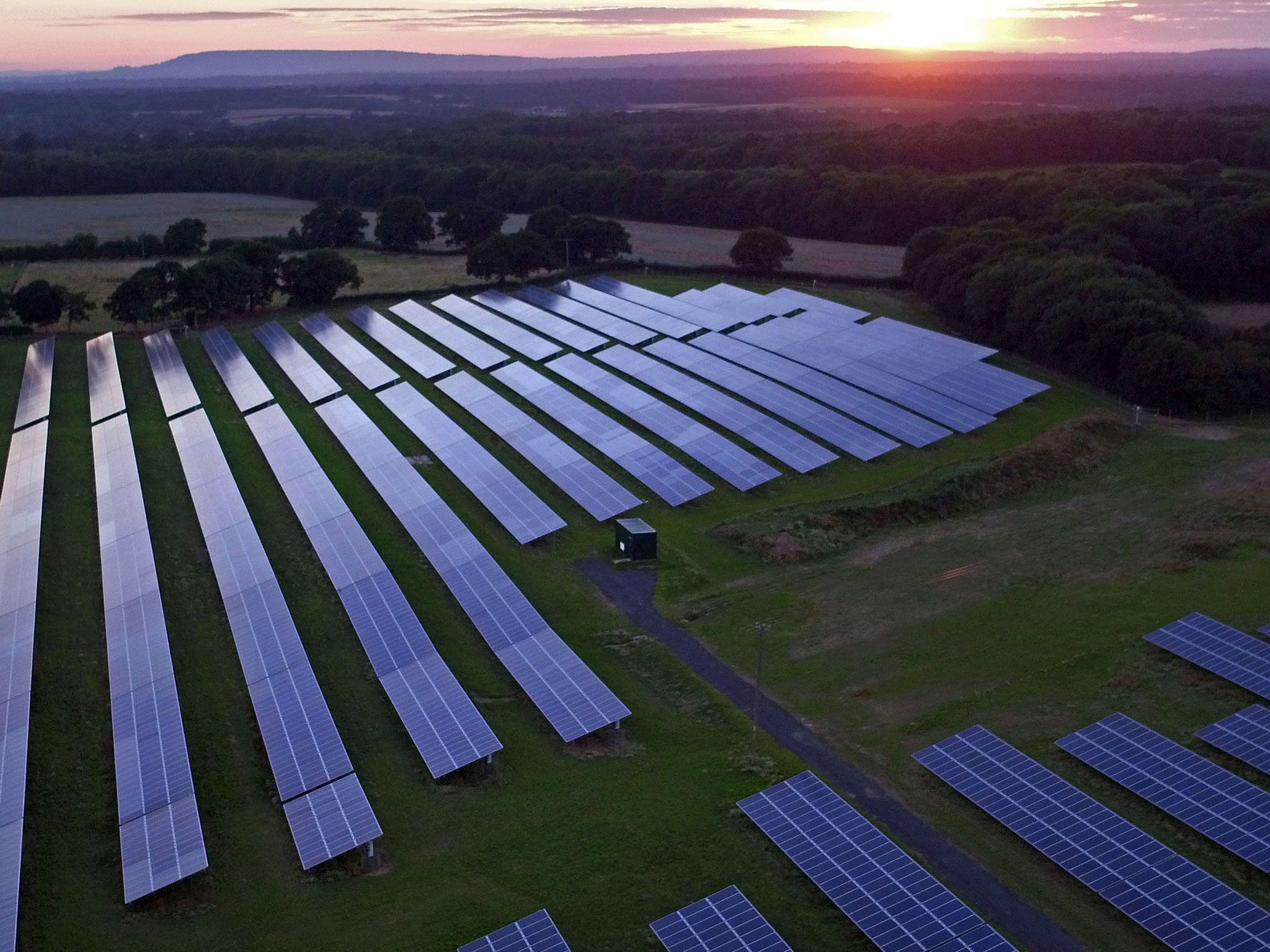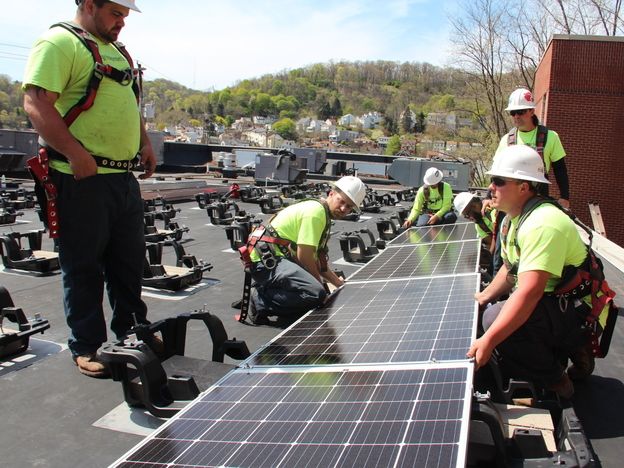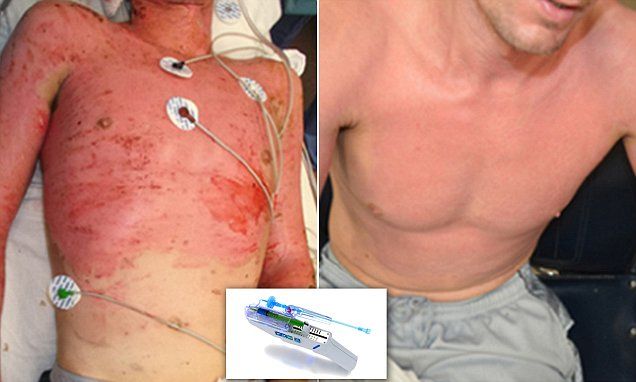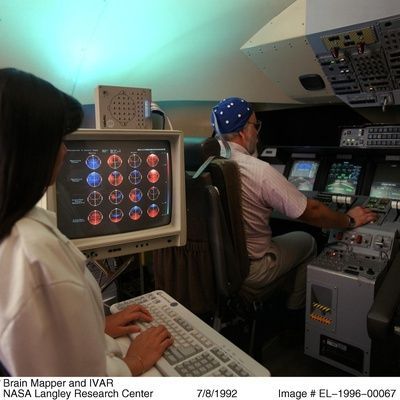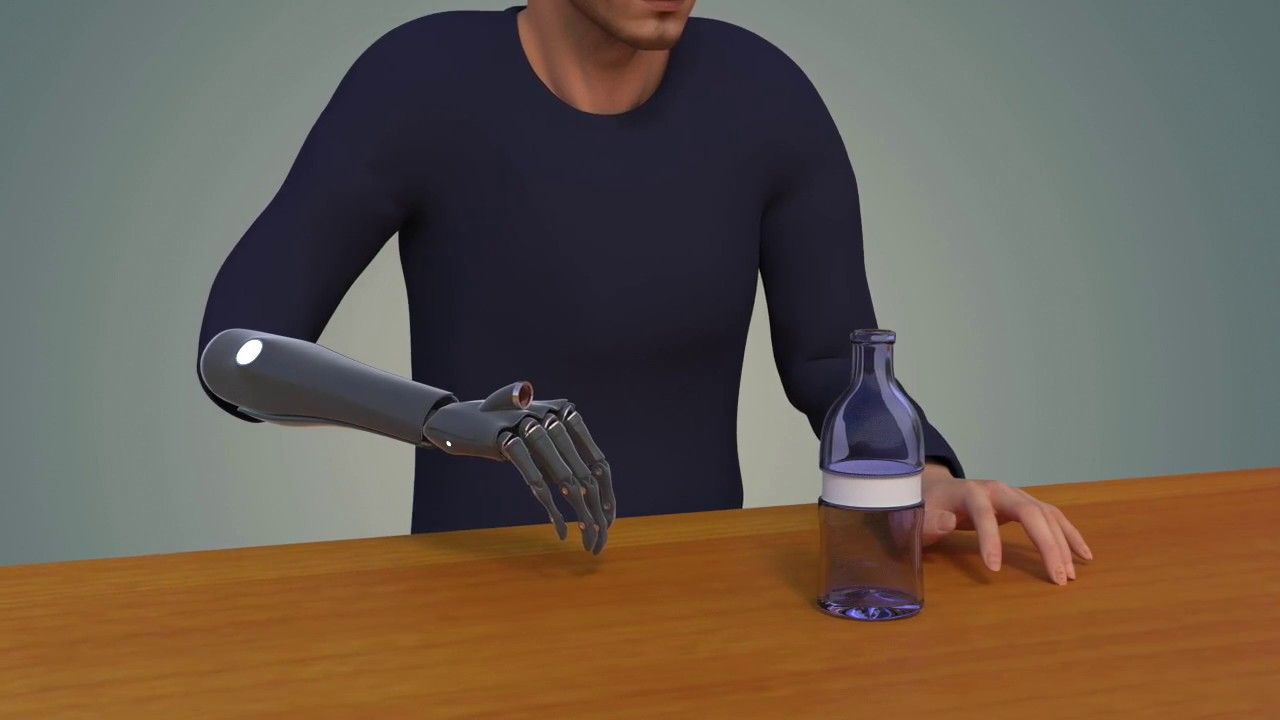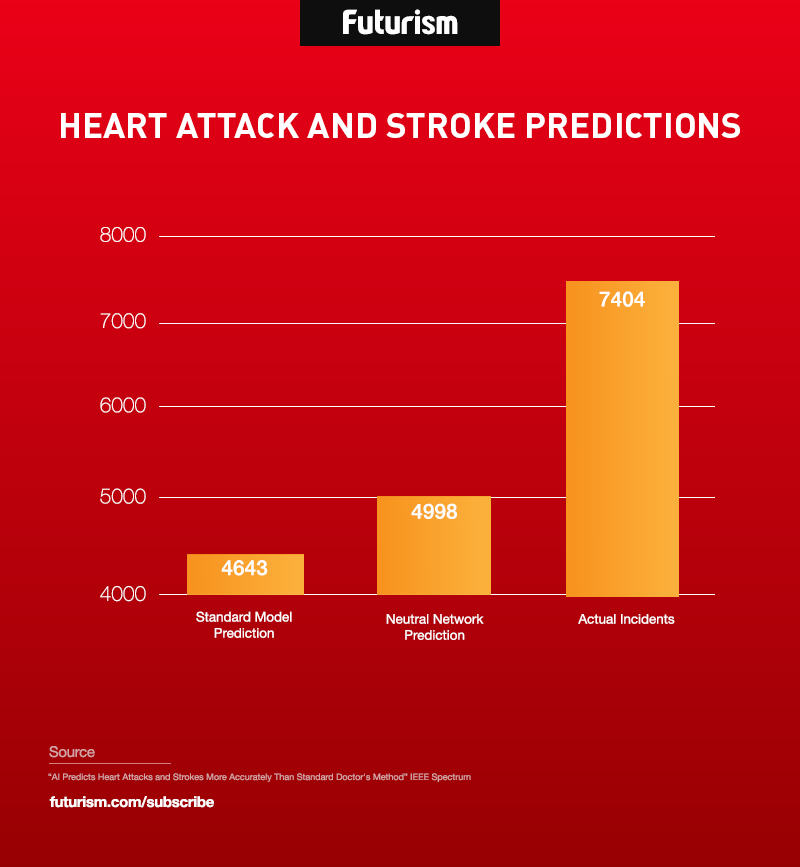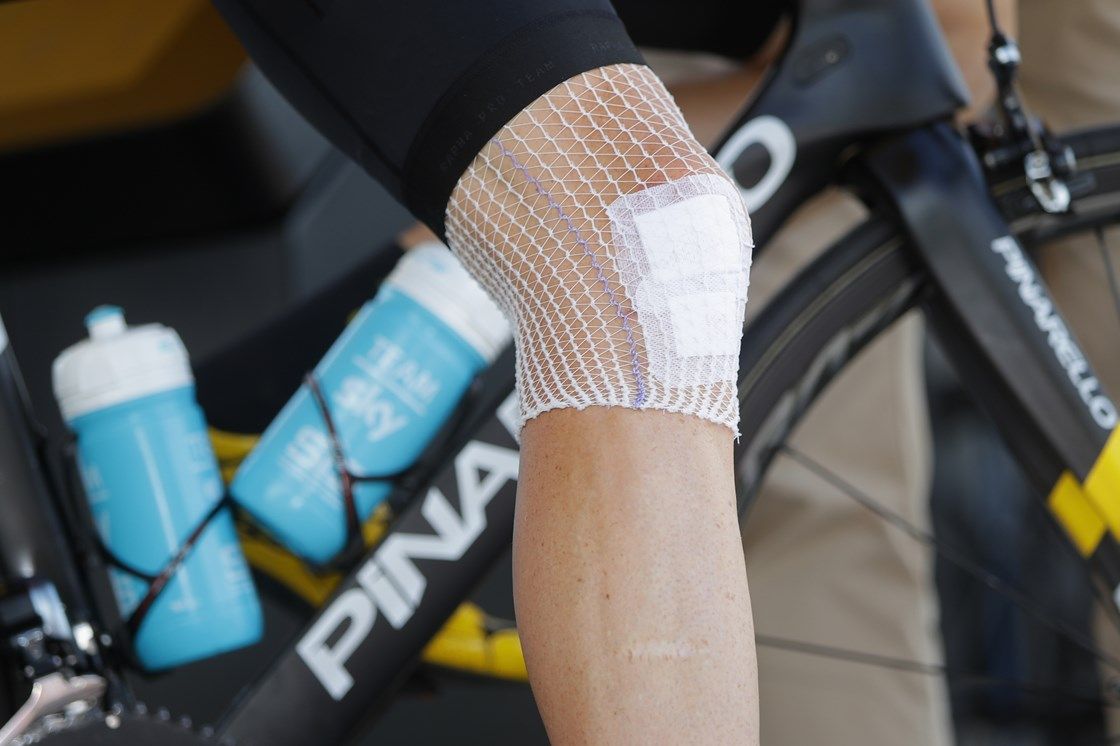May 7, 2017
NASA’S STUNNING BREAKTHROUGH: It’s First Warp Drive…Is a TRUE Mindblower!
Posted by Shailesh Prasad in categories: information science, physics, space travel
A few months ago, physicist Harold White shocked the aeronautics industry when he announced that his team at NASA was in the process of developing a faster-than-light warp drive. His design could one day transport a spacecraft to the nearest star in a matter of weeks.
The idea originally came to White while he was considering an equation formulated by physicist Miguel Alcubierre in his 1994 paper titled, “The Warp Drive: Hyper-Fast Travel Within General Relativity. Alcubierre suggested a mechanism by which space-time could be “warped” and behind a spacecraft.
Michio Kaku dubbed Alcubierre’s theory a “passport to the universe,” which harnesses a quirk in the “cosmological code” that allows for the expansion and contraction of space-time. If proven true, it could allow for hyper-fast travel between interstellar destinations. In order to accomplish this, the starship would need able to expand the space behind it rapidly to push it forward. For passengers, it would look like a lack of acceleration.
Continue reading “NASA’S STUNNING BREAKTHROUGH: It’s First Warp Drive…Is a TRUE Mindblower!” »



